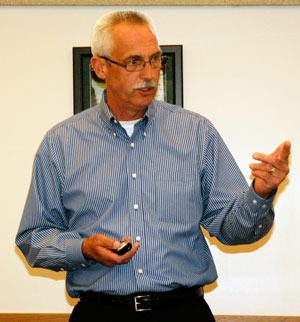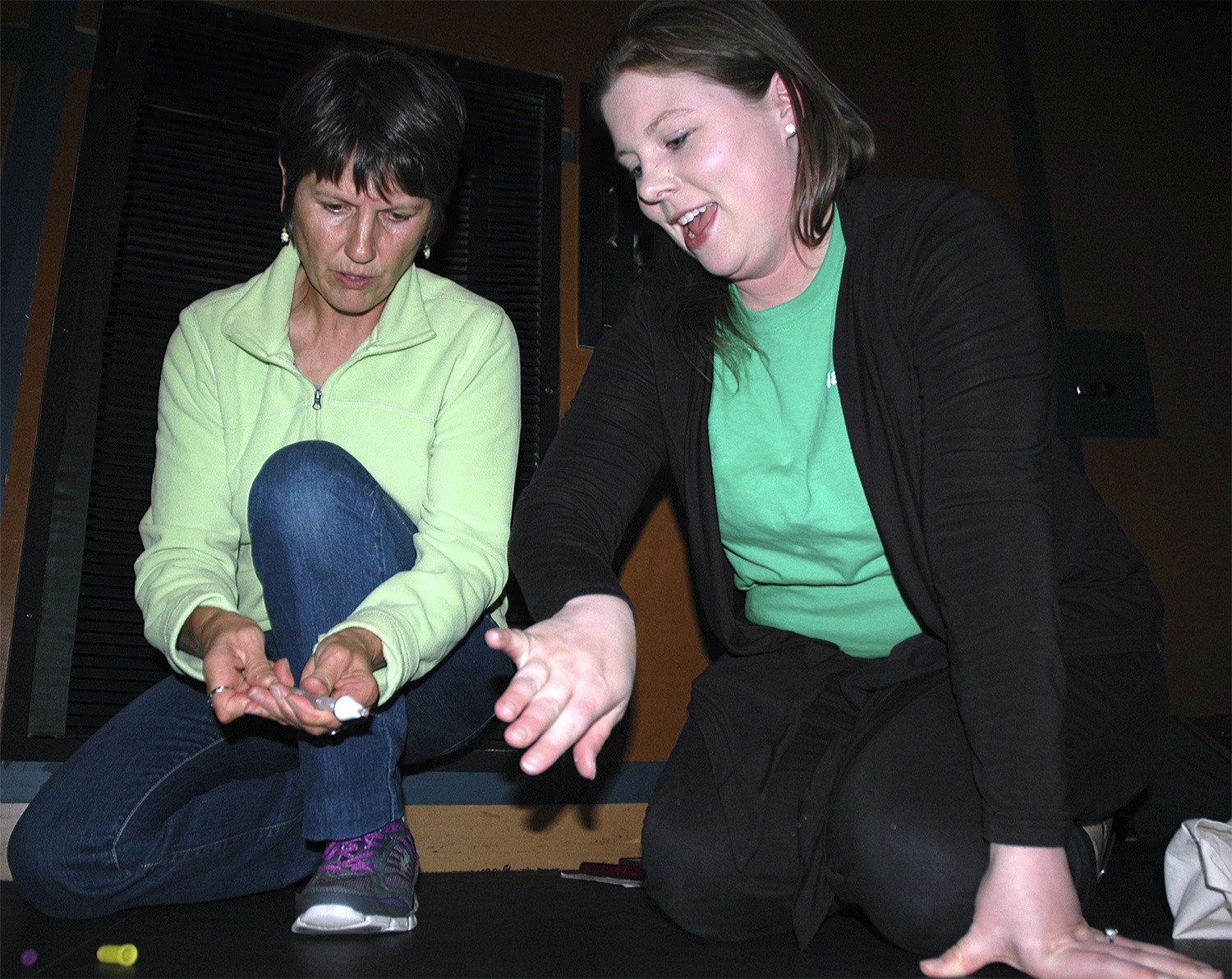ARLINGTON — The Lakewood School Board’s study session at the Arlington Airport on Wednesday, May 29, addressed the ways in which the Lakewood School District will strive to inform its constituents about issues such as its capital project and its planned bond.
Lori Simpson and Kelly McPherson of Educational Service District 112 explained the importance of conducting research, paying attention to the voters’ feedback, branding the bond campaign, identifying effective communication tools and being proactive with the media.
“You need to figure out the voters’ concerns and priorities, so that you can increase their investment,” said McPherson, who noted that the Lakewood School District’s voter base of approximately 8,000 has a turnout of 55 percent, which increases to 68 percent among voters older than 45 years.
“It’s not just about facilities,” Simpson said. “You can use online videos as testimonials. It doesn’t have to be expensive. It can even be student-produced.”
Simpson added that the district should engage its stakeholders, and pledged that a timeline of the bond process was in the works to help inform voters further.
Fred Owyen, with facilities support for the Lakewood School District, provided the summer capital project update, and explained that the district is taking part in purchasing cooperatives that allow it to secure lower bids than it would be able to obtain independently.
“These are top-tier companies and subcontractors who have reputations at stake, because they don’t want to jeopardize their national-level contracts,” Owyen said. “It’s a very collaborative process as well, where they’ll work with what we want.”
Michael McGavock of McGranahan Architects and David Hruska of Areva T&D closed out the evening by detailing phase one of the district’s bond planning, which they emphasized was in its most initial stages.
“We’re trying to uncover a lot of unknowns, because getting a sense of the scope after we’ve worked on the bond is backward,” said McGavock, who nonetheless projected a need for a capacity of 900 students at the new Lakewood High School facility. “Because property values are down, just to collect the same amount of dollars, the tax rate will have to go up.”
McGavock and Hruska identified the current Lakewood High School facility’s multiple unregulated entry points and ambiguous front entrance as just a few of its functional problems. To that end, Hruska proposed extending the main building to the east in a wishbone configuration, to cover the areas currently occupied by multiple portable buildings, while also providing a relatively enclosed outdoor commons for students.
“This design takes down the 47 blue dots of entryways to two,” Hruska said. “It also gives us room to expand further.”
McGavock pointed out that the proposed design would also create more cohesive groupings of classroom subjects and open up more instructional spaces to daylight. However, with the $48 million in property tax revenues projected in the 2010-11 school year having shrunk to $32 million in 2011-12, he acknowledged that there is a considerable gulf between the projected revenues and the range of $63 million to $68 million for the estimated price tag of such a facility, even as he reiterated that this is still an extremely initial estimate.
“Which is why we need to find out where the voters see the most value,” McGavock said. “At the same time, we don’t want to miss the current window of lower interest rates and construction costs. Either way, these stats will change.”







